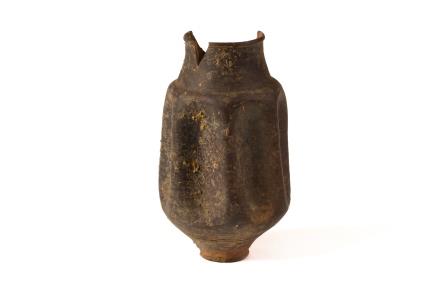

In some wealthy gated communities, the areas immediately surrounding can have high rates of childhood poverty, which indicates other social issues. Equally important is the rate of people, particularly children, who live below the federal poverty line. How wealthy a neighborhood is, from very wealthy, to middle income, to low income is very formative with regard to the personality and character of a neighborhood. NeighborhoodScout analysis shows that this rate is lower than 54.4% of the neighborhoods in the nation, approximately near the middle range for vacancies.

Home and apartment vacancy rates are 7.4% in Paradise Valley. A number of residences were also built between 19. Many of the residences in the Paradise Valley neighborhood are established but not old, having been built between 19. Most of the residential real estate is owner occupied. Paradise Valley real estate is primarily made up of medium sized (three or four bedroom) to large (four, five or more bedroom) single-family homes and mobile homes. Paradise Valley is a suburban neighborhood (based on population density) located in Casper, Wyoming. The average rental cost in this neighborhood is higher than 82.9% of the neighborhoods in Wyoming. The average rental price in Paradise Valley is currently $1,463, based on NeighborhoodScout's exclusive analysis. Paradise Valley median real estate price is $235,252, which is less expensive than 67.6% of Wyoming neighborhoods and 60.6% of all U.S. If there was not a name available, we named the census tract by the largest street intersection in the census tract (e.g., Worcester, MA (Lincoln St/Plantation St) Then we named each census tract to the local colloquially recognized neighborhood name for that spot (e.g., Boston, MA (Dorchester). Since census tracts are subdivisions of a county, we did a spatial overlay of the census tracts onto city and town boundaries using a geographic information system to properly assign each census tract to its appropriate city or town.

In urban areas, they are small, and in rural areas they can cover an entire small town or even a few small towns in very rural areas. Because census tracts are based on population, they vary in size depending on the density of settlement. This is the most fine-grained area for which detailed information is made available from the government, to protect the individual privacy of each of us. Census tracts usually have 4,000 persons, but can range between 1,500 and 8,000 persons. Census Bureau in conjunction with local authorities all across the country to define real neighborhoods that are bounded to contain areas with homogeneous population characteristics (including economic status, lifestyle, and living conditions).



 0 kommentar(er)
0 kommentar(er)
